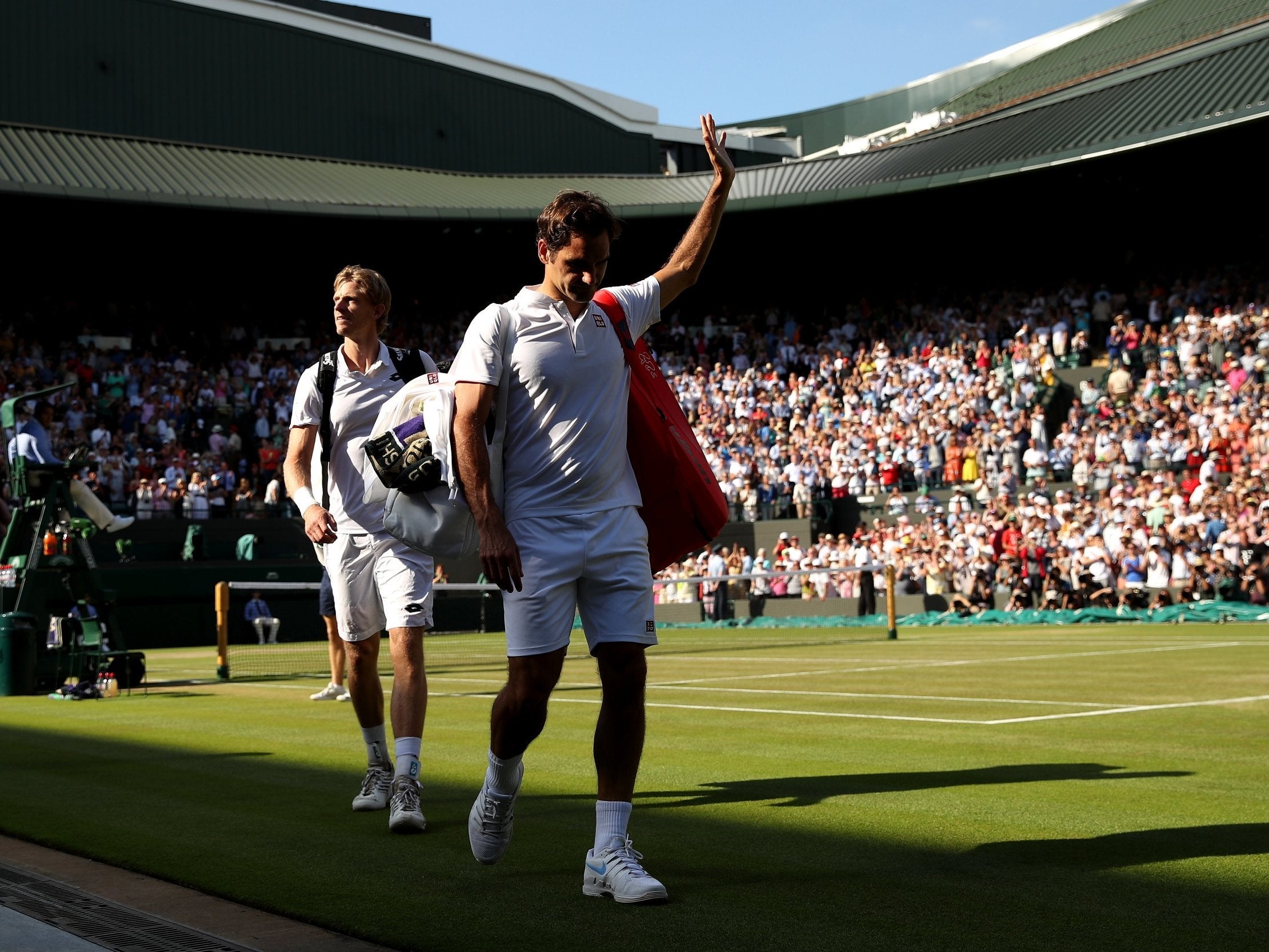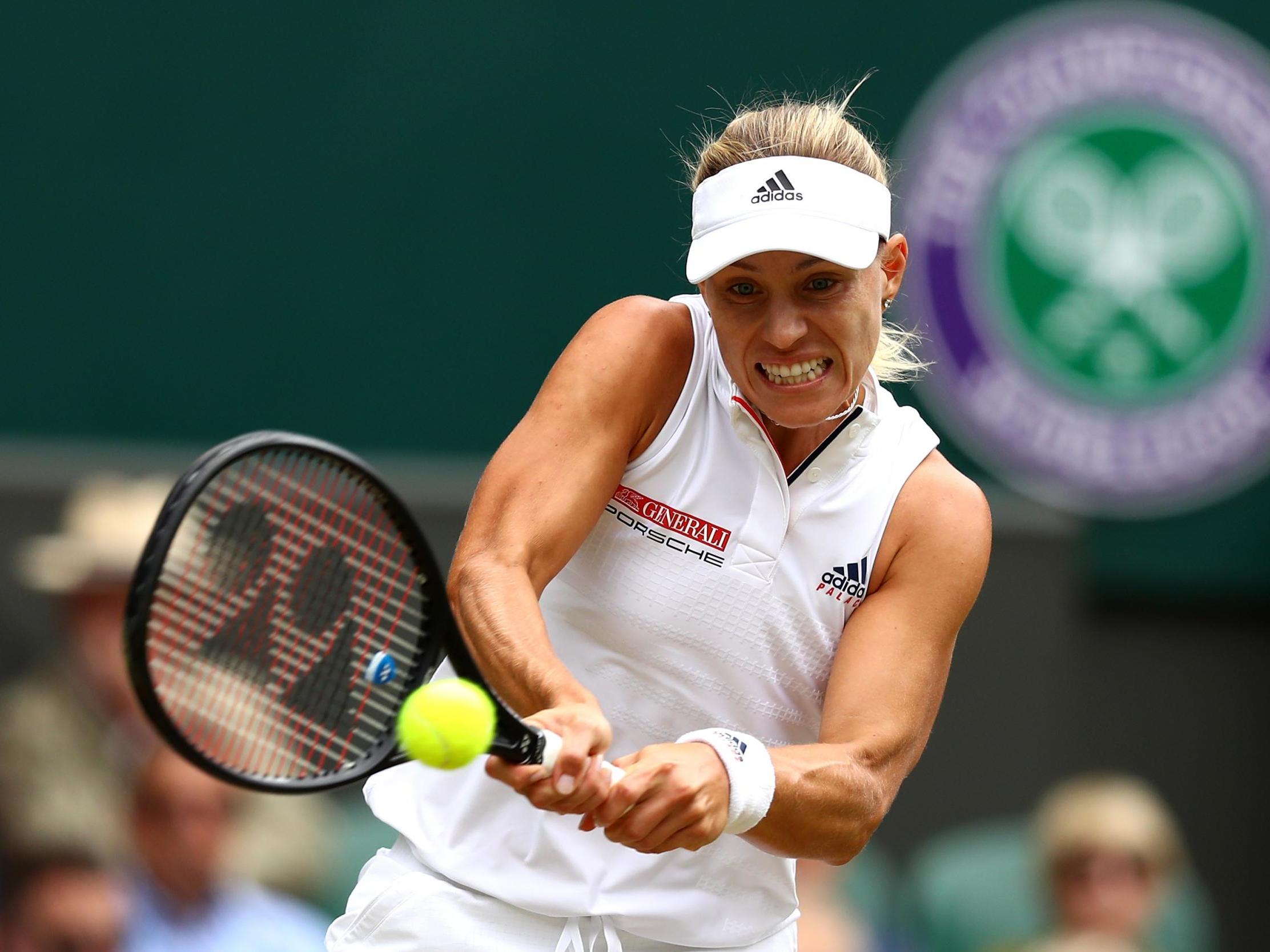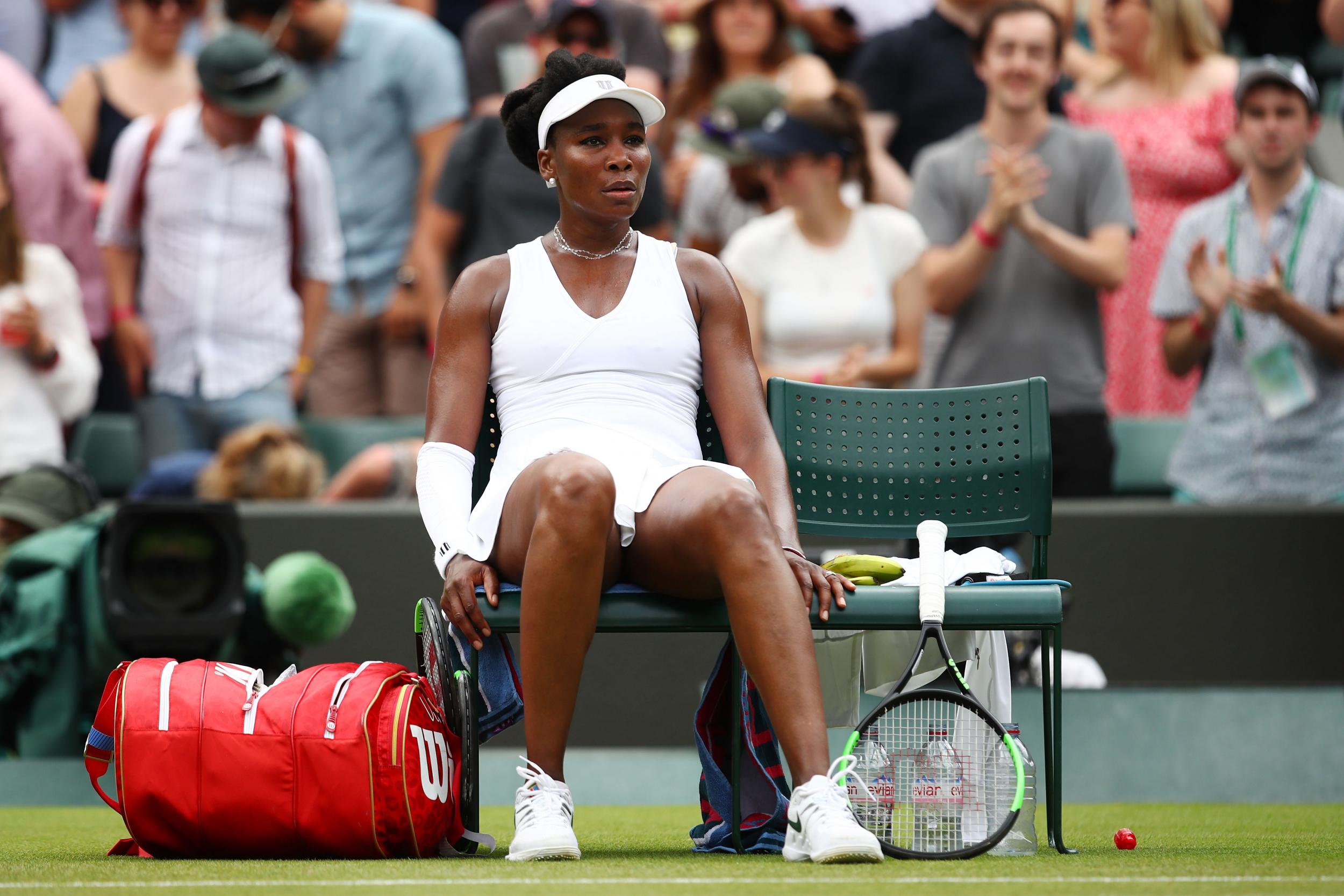Wimbledon 2018: After downing Roger Federer in five sets Kevin Anderson could go all the way
In his latest Wimbledon column, legendary tennis coach Nick Bollettieri reflects on that remarkable five-set quarter-final between Anderson and Federer
Holy mackerel, what a performance! I imagine very few people gave Kevin Anderson even half a chance of beating Roger Federer after he lost the first two sets to the great man, but his performance after that was one of the most gutsy displays I’ve seen in a long time.
Even when he kept having to hold serve to stay in the match in the final set Anderson held firm. He never choked and he served superbly. Man, when you can serve like that you have a big chance against anybody.
I was just as impressed with Anderson’s offensive returns and ground strokes on both flanks. He hit the ball with a lot of power and found a great length throughout.
Of course Federer should have won given that he was two sets up and had a match point in the third set, but I sensed a lack of confidence in his play. That’s something we’ve not seen in a long time.
It’s always a sad moment when Federer goes out of a tournament, but at the same time I don’t think this result was a bad thing for the game as a whole. It’s good to see more players challenging for the biggest prizes.

Novak Djokovic was looking much more like his old self when he beat Kei Nishikori in the first semi-final on Centre Court. He's had a tough time of late but he's playing with great confidence again.
I think Nishikori should be proud of his run. He’s had his own physical problems and I think the issues he has had with his arm might have contributed to his defeat. I think the arm problem must affect his serve and forehand and there were times when he looked like he was getting tired. But there was certainly no shame in losing to Djokovic.
The match of the day: I expect Serena Williams to win her semi-final against Julia Goerges, but the meeting between Angelique Kerber and Jelena Ostapenko is almost too close to call. I give the advantage to Kerber, but only just.
Kerber clearly has the edge in experience given that she’s a former world No 1, has won two Grand Slam titles and has already played in a Wimbledon final, but I don’t think that will be a factor. Ostapenko is fearless and I don’t think the occasion will get to her. Boy, she smacks that ball like she has a personal grudge against it.
Ostapenko has the edge in terms of power, but I think what might give Kerber a crucial advantage is her movement. She’s a terrific athlete and her speed around the court and ability to chase down so many shots might just give her the edge.

What the best players have taught me: Every day I’m recalling some of the things I’ve learned from the great players I’ve worked with over the years at the IMG Academy I founded in Florida.
We are living in an age where scores of men and women are playing their best tennis into their thirties, but I don’t think anyone has set a better example than Venus Williams, who used to come to the academy with Serena and their father Richard.
When Venus revealed seven years ago that she was dealing with Sjogren’s Syndrome, an incurable auto-immune disease, I think many people suspected that might be the end of her career. Holy cow, how wrong they were.

The way Venus has fought back has been an example to everyone. She had a wonderful year in 2017, reaching her first Wimbledon final since 2009. At 38 she has proved that age is just a number. I still love watching her graceful strokes, her movement and her crisp volleys. The tennis court is like her second home.
And what I can teach you: Serve-and-volley used to be the strategy that most players used on grass, but you don’t see it very often these days on any surface. Improvements in string and racket technology have helped to give players much more power from the back of the court.
However, serve-and-volley can still be a useful tactic and I know that many club players can struggle when confronted by it. If you rarely face serve-and-volley, it can take you by surprise.
If you struggle against serve-and-volley, here are ways in which you can combat it. Firstly, try blocking your returns so they land at the feet of the incoming volleyer. If you get that right, it’s unlikely that your opponent is going to put you in trouble with their next shot. Instead, you should have the chance to go for a winning pass.
The lob can also be a useful tactic to slow down a serve-and-volley attack, or alternatively you might try a bolder strategy by hitting your return with pace straight at the incoming server. The easiest shots for an incoming serve-volleyer can be those on which you have a little room to stretch out and play your shots. If you hit the ball straight at an incoming volleyer, they might find themselves tucked up and unable to hit a damaging volley.
Read all about it: I’ve been working on a new book which will be my personal account of what I’ve learned in a lifetime of coaching tennis. The Professional Tennis Registry will be publishing it later in the summer. You can find out how to buy the book at www.ptrtennis.org.
Join our commenting forum
Join thought-provoking conversations, follow other Independent readers and see their replies
Comments